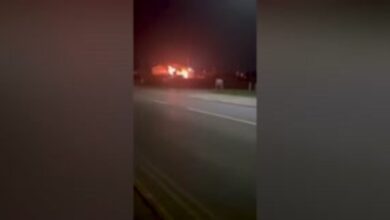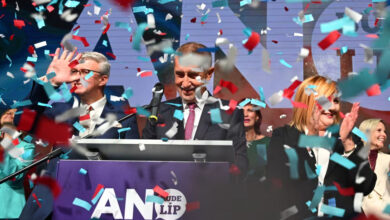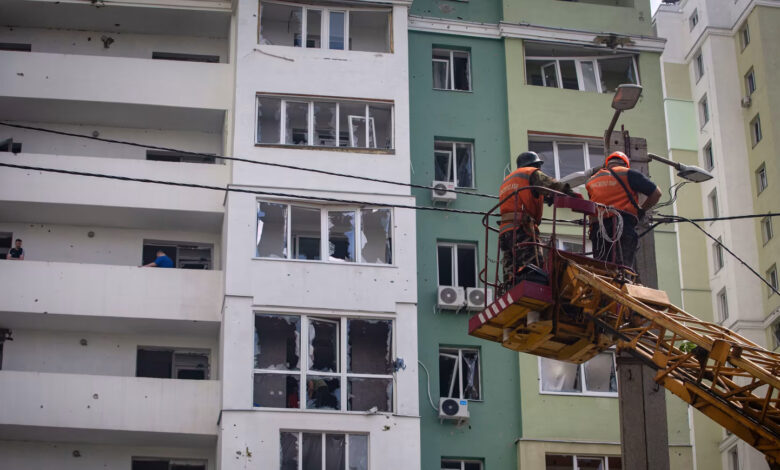
Only two weeks ago, after summits with Russia’s President Vladimir Putin in Alaska, and the leaders of Ukraine and European allies at the White House, there was hope for a reinvigorated diplomatic process on Ukraine. That hope has now dimmed together with lights across Ukraine after Putin launched one the largest attacks of the war against Ukraine’s civilian infrastructure with a particular focus on electricity needed over the winter months.
Donald Trump had hoped for follow up from his summits, to include a meeting between Putin and Ukrainian President Volodymyr Zelensky. Putin seems to have other ideas: to break the will of Ukraine over the frigid winter season that is fast approaching. It’s a crude strategy that aims to present a stark choice for Ukrainians: accept my demands or risk freezing to death in your homes.
Putin has tried this before, over the last two winters, and failed due in part to a global effort led by the United States to sustain Ukraine’s resiliency during the heating season. But as this winter approaches, there are questions of whether the United States will do so again.
Preparing for winter
A little noted history of the Ukrainian war to date was the effort led by the United States to prepare Ukraine for Russia’s onslaught by connecting its energy grid to Europe’s and severing Kyiv’s reliance on Russia— all while surging energy resources to Ukraine before each winter.
This effort was led by President Biden’s energy envoy, Amos Hochstein, well before the war started, requiring coordination with multiple European allies, some of whom were skeptical and did not believe that Russia would in fact invade. Ukraine’s disconnection from the Russian grid and connection to the EU grid was completed hours before Russia’s first missile salvos were launched against Ukrainian cities on February 24, 2022.

As winter approached later that year, the White House led a coordinated effort from across the US government to enhance Ukraine’s energy resiliency. That included deploying mobile generators and backup power for critical infrastructure like water and heating nodes, providing thermal kits and localized heaters for vulnerable areas, and ensuring a sustained flow of energy resources into Ukraine from the European grid as well as energy-rich partners across the Middle East. As the White House lead on the Middle East at the time, I participated directly in this process to support Ukraine, traveling regularly to the region to help coordinate the program in Arab capitals.
As a result of this diplomacy, in early 2023, Saudi Arabia’s foreign minister visited Kyiv to formalize the provision of $300 million of energy resources to buttress Ukraine’s electricity generation in addition to $100 million in humanitarian assistance. It was the first visit by an Arab official to Kyiv since Ukraine’s independence over three decades earlier. The United Arab Emirates and Qatar then bolstered this program with increased energy exports to Europe thereby enhancing European resiliency and dependability as the main supplier to Ukraine for its energy needs during the high demand seasons.
This intensive global effort combined with relatively mild winters in 2022 and 2023 helped Ukraine get through both winters relatively unscathed. This year could be different, for at least three reasons. First, current weather models (no doubt studied by Putin) predict a mild start to the winter but then a historically frigid January and February. Second, as Russia has shown over the course of this year, it has vastly increased its drone supply with support from Iran, as well as its more limited but still plentiful missile stockpile. Third, there is no immediate sign that Washington will mount the effort as was done before.
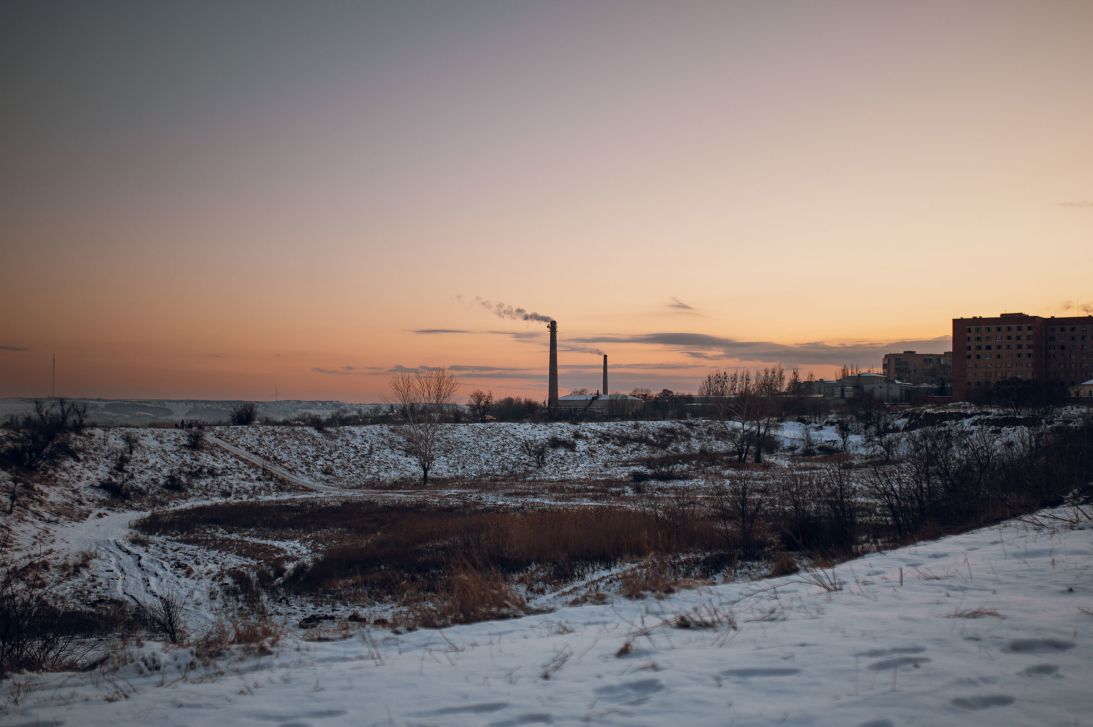
On this last point, the Europeans are stepping up on their own, allocating $500 million to support surges in Ukrainian gas imports over the coming months, in addition to emergency programs to restore or replace damaged generators, transformers, and other systems that keep Ukraine’s grid operable even while under attack. In the best case, these important initiatives would bolster ongoing US support through an integrated program coordinated by Washington with Ukrainian partners. But the Trump administration back in February reportedly cancelled the lead program on the ground for maintaining Ukraine’s grid, known as the Ukraine Energy Security Project, formerly run out of the now-defunct USAID.
Since then, the administration has said little about what it is doing or intends to do to help the Ukrainians defeat the Russian onslaught that’s likely coming this winter. That might be explained by the immediate focus on diplomacy and hope for a result as early as two weeks ago to avoid such a grim scenario. But with the scenario upon us, we should hope the White House is adjusting course and preparing to do all it can to enhance the programs led by the Europeans to help sustain Ukraine and save Ukrainian lives.
After a summer of Russian escalation
President Trump often claims that Russia never would have invaded Ukraine on his watch, a claim that is dubious, but impossible to disprove. In any case, over the course of this year with Trump back in the White House, Putin has significantly escalated the war. Russia’s aerial attacks from drones and missiles doubled in frequency over the first six months of Trump’s presidency as compared to the last six months of Biden’s, and Russia pressed new ground offensives across the eastern line of contact in Ukraine.
This summer was bookended by Russia’s largest attacks – ever. In May and June, Russia for the first time launched massive barrages with hundreds of drones and missiles, aiming to overwhelm and deplete Ukraine’s defenses, terrorize its citizens and strategically target its civilian energy infrastructure. The season began with Russia’s largest attack of the war (on June 29, with over 500 missiles and drones) and closed with the second largest attack of the war (on August 27, with nearly the same number, but fewer ballistic missiles, which do the most damage on the ground). All against the backdrop of fledgling diplomacy.

This most recent attack targeted electrical substations, gas transportation facilities, and coal plants required for the heating season. The attacks, causing power outages for over 100,000 households across Ukraine, were consistent with the pattern seen in past years and Russia’s focus on the civilian energy sector, but with far greater frequency. Ukraine’s energy ministry counts nearly 3,000 such attacks this year alone, part of what it calls Russia’s “deliberative policy of destroying Ukraine’s civilian infrastructure ahead of the heating season.” Such attacks in the first two years of the war were in the hundreds.
No doubt, Ukraine has struck into Russia in response to this onslaught, targeting Russia’s oil refining and energy export infrastructure, a defensive campaign aimed to decrease the revenue flowing to Moscow from energy sales. These targets inside Russia by Ukraine are different from Russia’s targeting of civilian infrastructure inside Ukraine. Ukraine’s attacks are in self-defense and carry military value, whereas Russia’s attacks are aimed at demoralizing a civilian population. Ukraine has also long accepted Trump’s calls for a ceasefire, whereas Russia has mocked those calls with escalating military attacks.
Summits brought glimmers of hope
European leaders welcomed Trump’s efforts to narrow differences and set the table for a possible direct engagement between Putin and Zelensky. NATO’s Secretary General Mark Rutte praised Trump’s efforts, calling him the “only person now who is capable of stopping Putin.”
There are indications that the summits made some progress distilling the two issues that ultimately must be settled to end the war: land swaps and security guarantees. Putin is demanding land that he has not secured on the battlefield and that Ukraine rightly views as its defensive “fortress belt” with high ground protecting against further advances. There is no chance that Ukraine will countenance such a discussion, and nor should they, as ceding such territory would not end the war but set conditions for a new one. There will, however, inevitably be a discussion over a map and with Ukraine in the room to swap some of the territories now controlled by either side along the military line of contact.
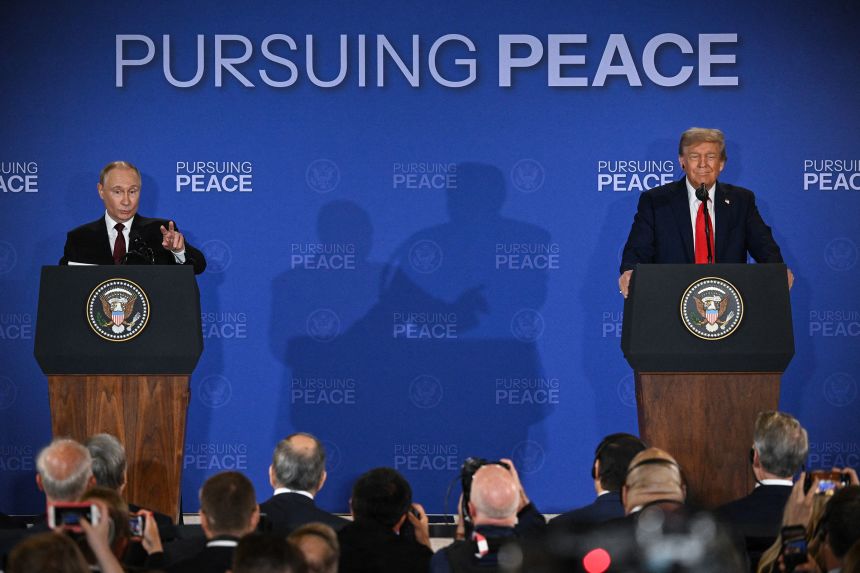
For this to happen, Ukraine needs assurance in the form of security guarantees from the United States and Western powers that Russia cannot simply regroup before launching a new offensive campaign over the coming years. The summits for the first time resulted in the Trump administration speaking seriously of such guarantees, to include US intelligence and air support for a European military force on the ground in Ukraine, together with a diplomatic commitment that this force would assist Ukraine in event of attack. This needs to be fleshed out, but it’s a promising sign of what will be required to end the war.
Taking full stock of the summits, however, it’s now clear that Putin has no intent in the near-term to wind down the war that he started. The hope for a season of high-level diplomacy and de-escalation was snuffed out by Russia’s missiles and drones targeting Ukrainian civilians and civilian infrastructure. The summits may ultimately prove to have set a foundation for peace, by narrowing the core issues, but with Putin determined to use the winter to his advantage, the fruits of the summits, if any, won’t ripen before spring.
Germany’s Chancellor, Friedrich Merz, summed up the post-summit mood this weekend, writing simply, “I am preparing for a long war in Ukraine.”
Diplomacy delayed, not dead
Now that Putin has shown his card following the summit in Alaska, it’s important for the White House strategy to adapt to this new reality. The aim should be for Ukraine to not only survive the winter months, which it will do, but to emerge stronger and backed by a concrete program for security guarantees when diplomacy resumes.
As I’ve written previously, for diplomacy with Moscow to succeed, the United States must demonstrate that Putin’s continuation of the war carries increasing costs for Russia. That means ongoing provision of military support for Ukraine through NATO allies, which Trump promised this summer, as well as US sanctions, which Trump has also promised but never fully delivered. In recent weeks, Washington has followed through on its threat to increase tariffs on India for purchases of Russian energy products but has held back doing the same against China, which purchases a staggering 47-percent of all Russian oil exports.
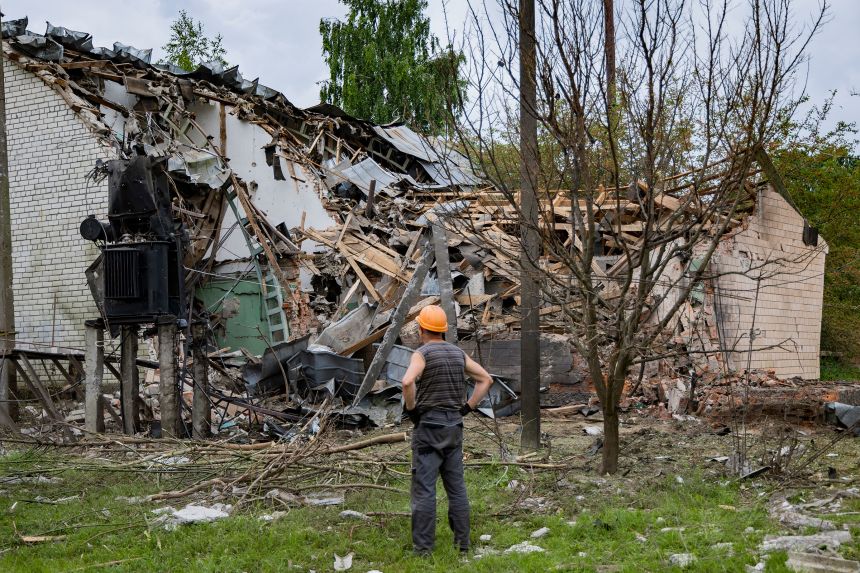
To further strengthen its hand, the White House might also finally green light the Senate to pass the Graham-Blumenthal Russian sanctions legislation that currently enjoys 84 co-sponsors, perhaps the most bipartisan issue on an otherwise polarized Capitol Hill. This legislation authorizes massive sanctions against Russia’s financial system, as well as the purchasers of Russia’s energy products. This would be a fitting response to Putin’s own decisions following the Alaska summit and allow Trump to demonstrate that his only aim in inviting Putin to the United States was to stop the war in Ukraine. Short of that, there can be no opening to the broader warming of ties that Putin seeks from the White House.
Prepare for winter, plan for spring
Fully supporting Ukraine through the coming winter months while demonstrating to Russia that it will not have a free hand to escalate the war carries the best chance for meaningful diplomacy to resume in the spring.
Of course, there is no certainty that the White House will take any of these steps, but failure to do so will place a credible path to peace in Ukraine even further out of reach.



